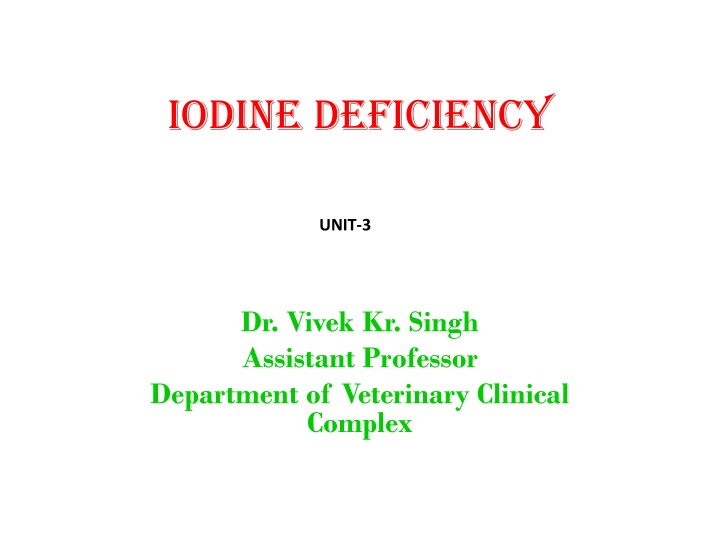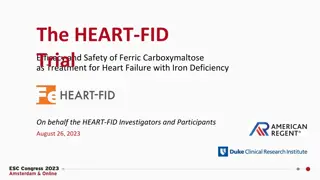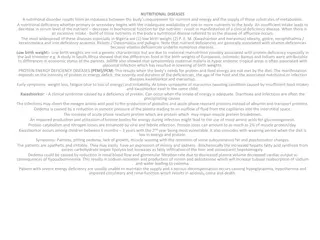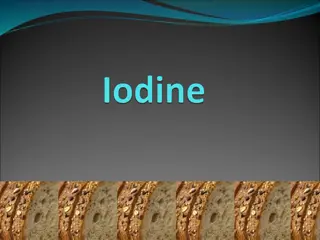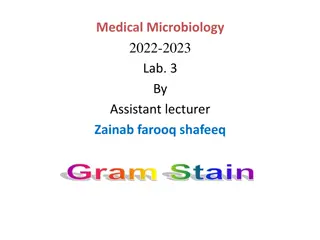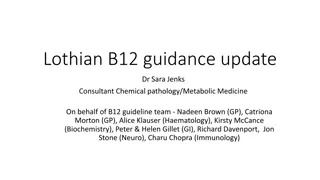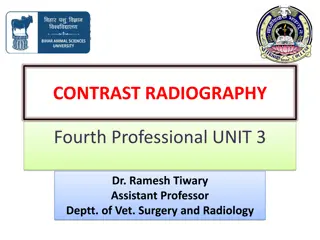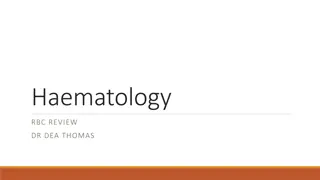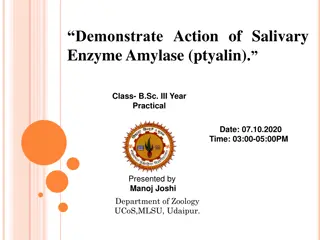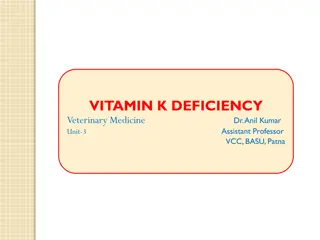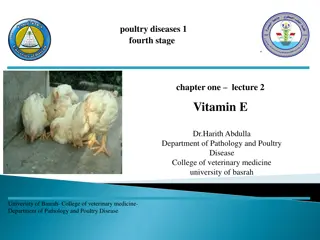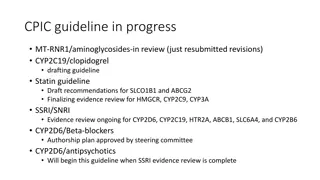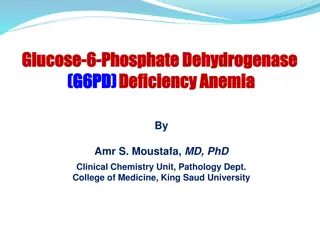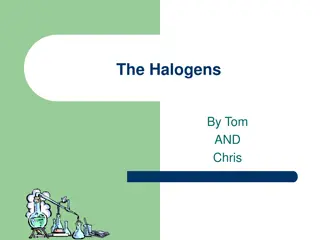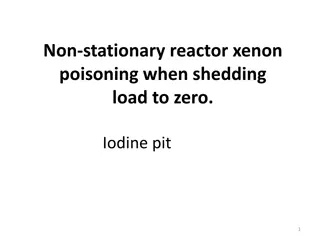IODINE DEFICIENCY
Iodine deficiency is a significant issue affecting animals, with goitre being a prominent clinical manifestation. Causes, epidemiology, pathogenesis, clinical findings, diagnosis, and treatment options are discussed in detail, providing valuable insights for veterinarians.
Download Presentation

Please find below an Image/Link to download the presentation.
The content on the website is provided AS IS for your information and personal use only. It may not be sold, licensed, or shared on other websites without obtaining consent from the author.If you encounter any issues during the download, it is possible that the publisher has removed the file from their server.
You are allowed to download the files provided on this website for personal or commercial use, subject to the condition that they are used lawfully. All files are the property of their respective owners.
The content on the website is provided AS IS for your information and personal use only. It may not be sold, licensed, or shared on other websites without obtaining consent from the author.
E N D
Presentation Transcript
IODINE DEFICIENCY UNIT-3 Dr. Vivek Kr. Singh Assistant Professor Department of Veterinary Clinical Complex
Most specific clinical manifestation of iodine deficiency is abnormal enlargement of thyroid glands Known as Goitre
Etiology Primary Iodine deficiency due to inadequate intake of iodine/ iodine deficient diet Secondary iodine deficiency is due to other factors interfering in the bio-availability and utilization of iodine Excessive intake of calcium Prolonged cynogenetic glucosides like fodders and cakes of different Brassica sp. White clover and linseed cake Intake of mimosine containing plants intake of feed containing
Epidemiology Pockets of iodine-deficient areas are found in different parts of India Main cause of deficiency is heavy rain fall and depletion of soil iodine by leaching Giotre has been reported in Horses, cattle, goats and sheep
Pathogenesis Iodine deficiency Decreased synthesis and secretion of thyroxine Stimulation of pituitary gland and secretion of thyrotropic hormone Hyperplacia of thyroid gland Goitre
Clinical findings Animals of all species are weak and lethegic Face is generally blunt and large Body coat rough Oedema of dependent organs like lower limbs Reduced milk yield Silent oestrus, abortion, stillbirth and birth of weak calf Sheep, goats and pigs show marked hairlessness
Diagnosis Clinical signs Iodine status of serum or plasma Value and ratio of T3 and T4
Treatment Oral administration of 280mg/ head potassium iodide to pregnant ewes can control iodine deficiency Lambs with goitre can be administered 20mg potassium iodide orally once Painting 5% tincture iodine on the flank once a week in milking dairy cattle can work well Intra ruminal boluses provide slow release of iodine for 6 months
